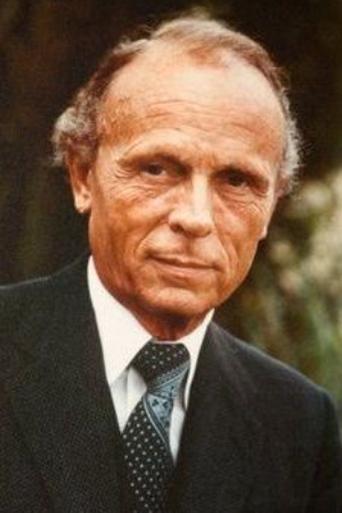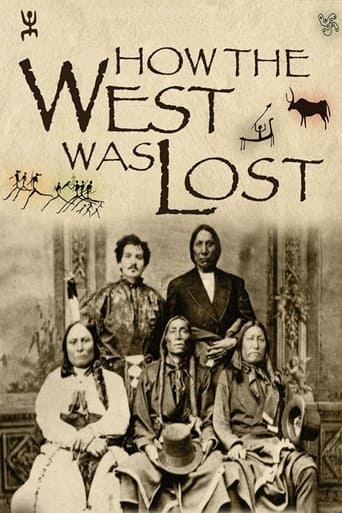
Divided We Fall
This episode traces the rise and fall of the Iroquois confederation. Long before the Europeans arrived, Iroquois nations engaged in bloody conflicts among themselves. Finally, Hiawatha persuaded the Mohawk, Oneida, Cayugas, Onondaga and Senecas to establish a "Great Peace" which began the confederation. The arrival of white men rekindled ancient rivalries and the fur trade lead to the "Beaver Wars" in the mid 1600s. This devastated the Iroquois through warfare, as well as disease. Next, French missionaries attracted some Iroquois with their talk of baptism and peace. Others, however considered the missionaries evil. This was the beginning of the break in the great confederation.
Country: US
Language: En
Runtime: 45
Season 2:
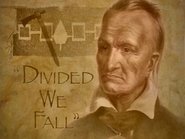
This episode traces the rise and fall of the Iroquois confederation. Long before the Europeans arrived, Iroquois nations engaged in bloody conflicts among themselves. Finally, Hiawatha persuaded the Mohawk, Oneida, Cayugas, Onondaga and Senecas to establish a "Great Peace" which began the confederation. The arrival of white men rekindled ancient rivalries and the fur trade lead to the "Beaver Wars" in the mid 1600s. This devastated the Iroquois through warfare, as well as disease. Next, French missionaries attracted some Iroquois with their talk of baptism and peace. Others, however considered the missionaries evil. This was the beginning of the break in the great confederation.
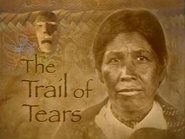
George Washington protected Cherokee land, but under Adams and Jefferson they are forced to give up land in 25 different cessions. They chose to understand and adopt some of the white man's culture to help stop encroachment. They welcome Christianity, make their government resemble that of the United States, invent an alphabet, establish a Supreme Court and publish a newspaper. But in 1830, under President Jackson, Congress passes the Indian Removal Bill. The Cherokee resist. A furious attack ensues. By 1835 all Cherokee land east of the Mississippi is taken from them. An estimated 4,000 Cherokee die as they are imprisoned to prepare for the Removal. This tragic event is known as The Trail of Tears.
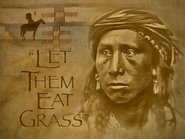
The Dakotas ("friend") thrived in what is today Minnesota until American settlers began to convert the area to farmland. By the 1830s droves of settlers had moved into the Minnesota River Valley. The Dakotas, who the whites called Sioux ("enemy"), tried to live peacefully with the settlers, but by 1851 both groups knew it wasn't working. The settlers persuaded the Dakotas to move to a reservation. Their promises of food and amenities for the Dakotas were not kept and after 10 years of broken promises the Dakotas were starving. Bloodshed was inevitable when a trader told the Dakotas they could eat their own grass. Led by Chief Little Crow, the Dakotas embarked on a tragic war.

In 1873, Chief Ouray and the Utes yielded four million acres to white gold miners. Still the miners were dissatisfied and in 1876, sought to remove the Utes from the newly recognized state of Colorado and send them to Indian Territory. Coloradans even blamed the Utes for unsolved murders and natural disasters. An eccentric named Nathan Meeker thought he could "civilize" the Utes and he tried to force them into a completely new way of life. When they resisted, tensions rose. A Utes chief met Major Thomas Thornburgh and they agreed to meet in a small group: one misunderstanding led to another and a large battle ensued. Eventually Chief Ouray submitted and the Utes moved to a reservation.
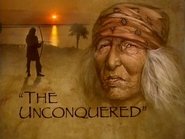
Spaniards were established in what is now Florida when the Americans forced them out in 1819 and inherited the Indian "problem" that would haunt them for more than 50 years. The Seminoles hunted and fished in the Florida wilds, but conflicts arose between them and the Americans, especially over slaves who escaped from Georgia. The Seminoles adopted the slaves but this angered Georgia planters who felt they had lost their property. The Georgia planters and other land-hungry Americans forced the government to remove the Seminoles from Florida in what was called the Removal Act. Determined to remain in their homeland, the Seminoles fought back ferociously for 8 years, before most submitted.
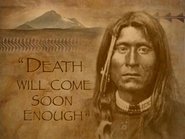
When the small Indian nation of Modoc were forced to live on a reservation with the larger and more powerful nation of Klamath, the Modoc were unhappy and determined to return to their home in what is now Northern California. The white settlers there convinced the United States army to capture and remove the Modoc. The fighting occurred in lava beds where the Modoc inflicted heavy casualties while suffering few themselves. The white settlers agreed to negotiate but factionalism within the Modoc tribe thwarted negotiations and led to a Modoc assassination of General Canby and Rev. Eleanor Thomas. Eventually, the Modoc leader, Captain Jack, was executed for the assassination.
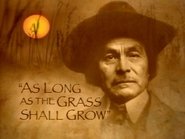
Though the fledgling United States tried to respect Indian rights, the country couldn't restrain settlers' impulses to be "fruitful, multiply replenish the earth, and subdue it". Every Indian felt the pressure as the white men moved them to smaller tracts of land further west, into an area called "Indian Country." Despite being uprooted, the Cherokee enjoyed a Golden Age launched by an 1846 Treaty. They established public schools, and seminaries for men and women. (The female seminary was revolutionary since most Americans thought women were intellectually inferior to men). They also built homes and farms. But when the Civil War swept west, the railroads signalled the end of Cherokee sovereignty.

